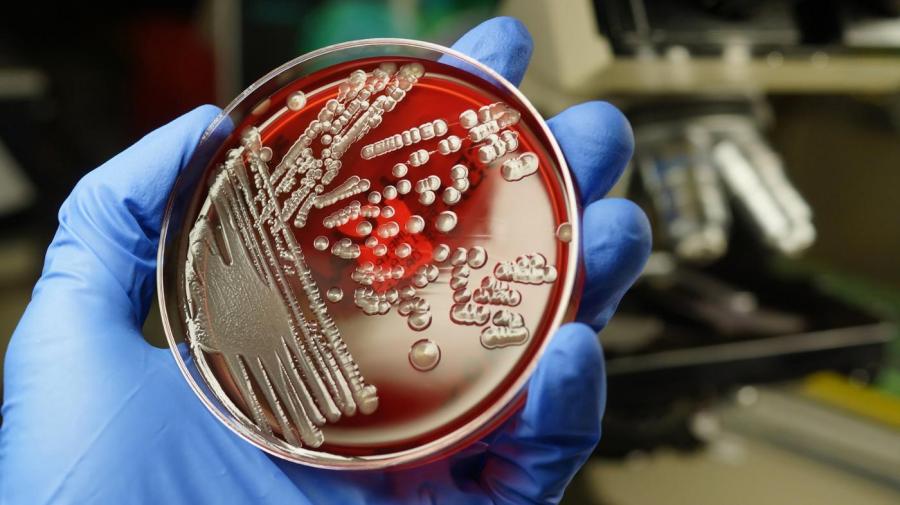What Is the Symbiotic Relationship Between E. Coli and Humans?

Symbiosis is defined as a long-term or close relationship between two or more organisms of different species. Therefore, the relationship between E. coli (Escherichia coli) and humans can be described as mutualistic. This means that both the E. coli and its human host benefit from the bacteria residing in the intestinal tract.
The human body provides E. coli with a safe, enclosed, and comfortable living environment in which the bacteria receive the required nutrients for reproduction and growth, and carry out several necessary functions. E. coli, in turn, makes it possible for humans to absorb vital nutrients, including Vitamin K, through the colon. For this reason, it is considered an essential organism in the human body.
While humans and E. coli maintain a symbiotic relationship in which E. coli inhabits the gut, some strains of the bacteria, specifically E. coli O157:H7, can cause serious illness and even death when ingested. E. coli can live independently outside a host if the conditions are right, lurking in fecal matter, in warm environments or on poorly washed produce. E. coli’s negative effects on humans have three main manifestations: urinary tract infections, neonatal meningitis and gastroenteritis, none of which are pleasant, and some of which can become deadly.





